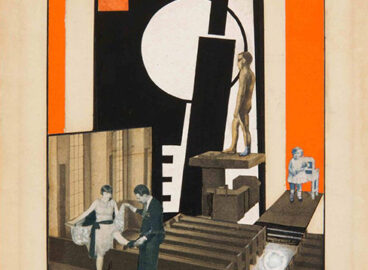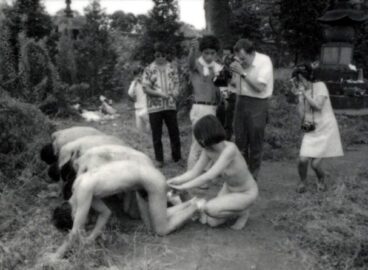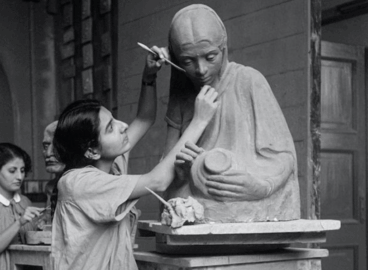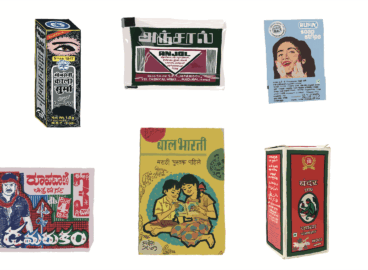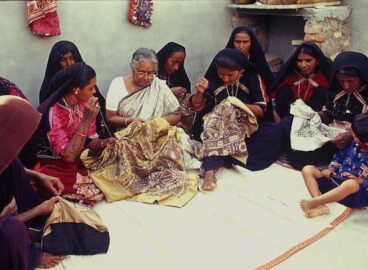Tyeb Mehta once warned Atul Dodiya against referencing Francis Picabia, who is but one reference on a long and abundant list that includes Jasper Johns, Robert Rauschenberg, Marcel Duchamp, and surprisingly Kazimir Malevich and Piet Mondrian—although Dodiya has never been an abstract painter. Dodiya also appropriates diverse forms and inspiration from daily life, such as shutters, street posters, graffiti, and the cinema. Beyond having a wide interest in various mediums, genres, and texts that he can utilize for art, he is a critical thinker who stands between historical traditions and the contemporary culture.
This informal conversation with Dodiya took place last March in Mumbai as part of the C-MAP Asia trip. It is the second published interview of the collaboration between C-MAP and Critical Collective. Watch the first interview with Nalini Malani here.

